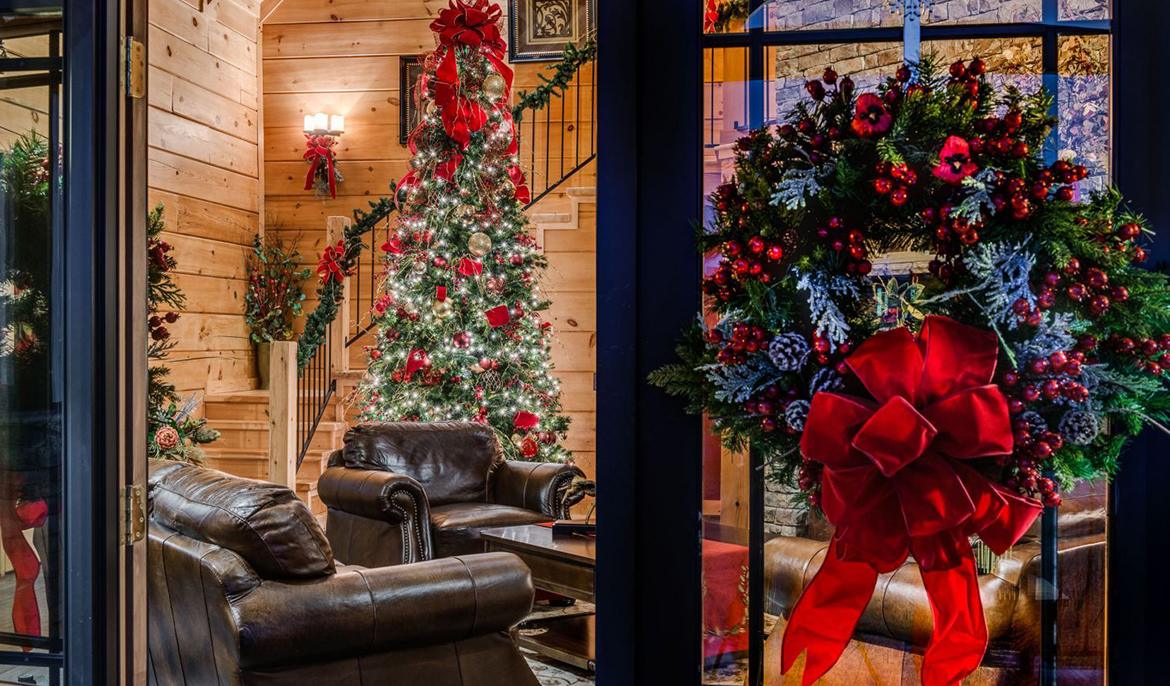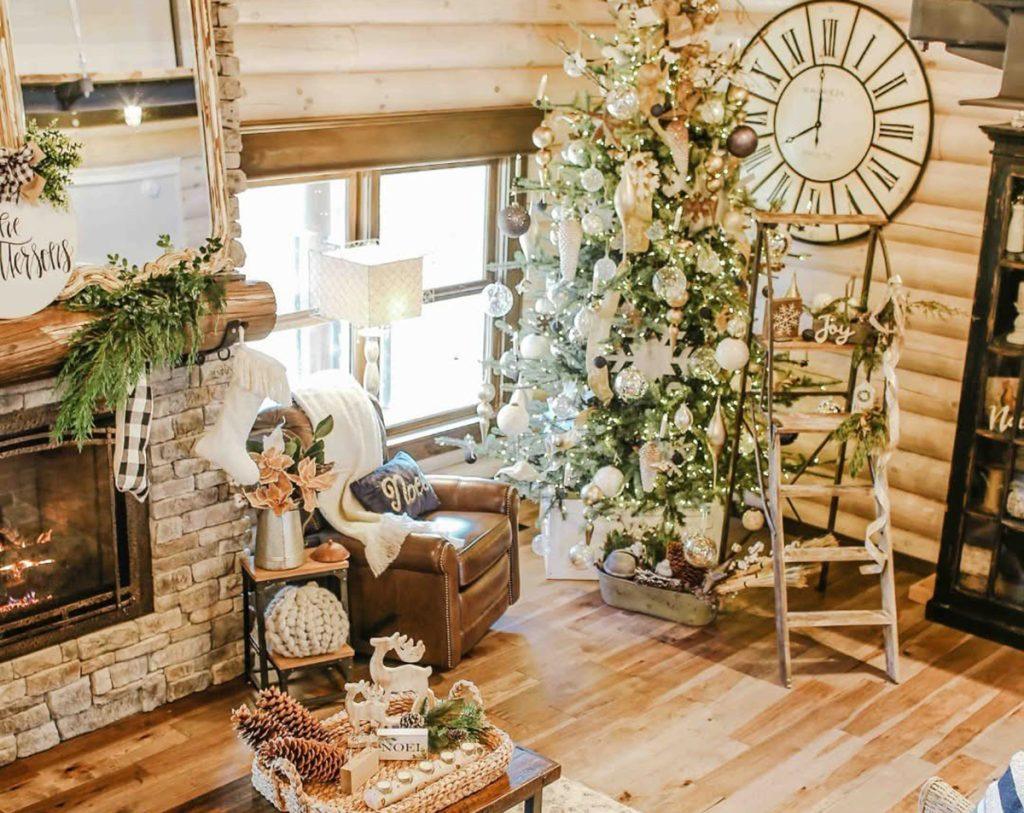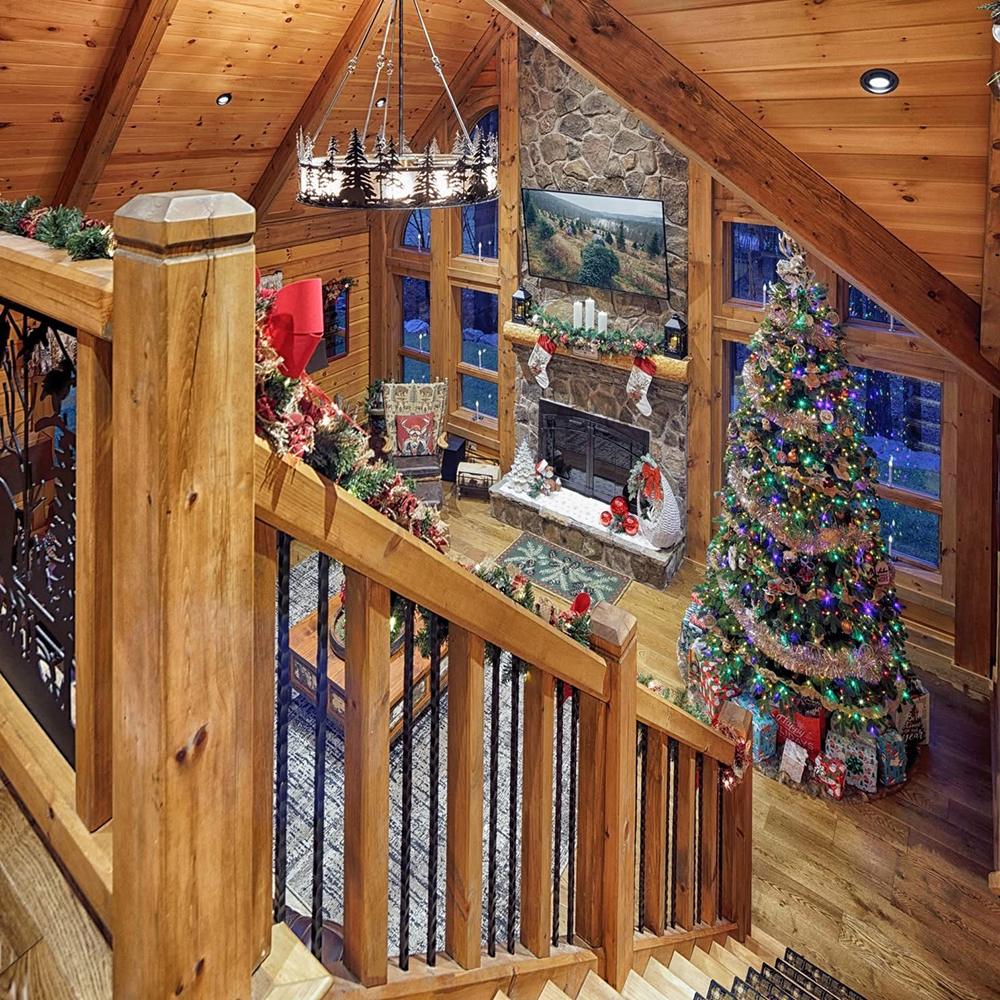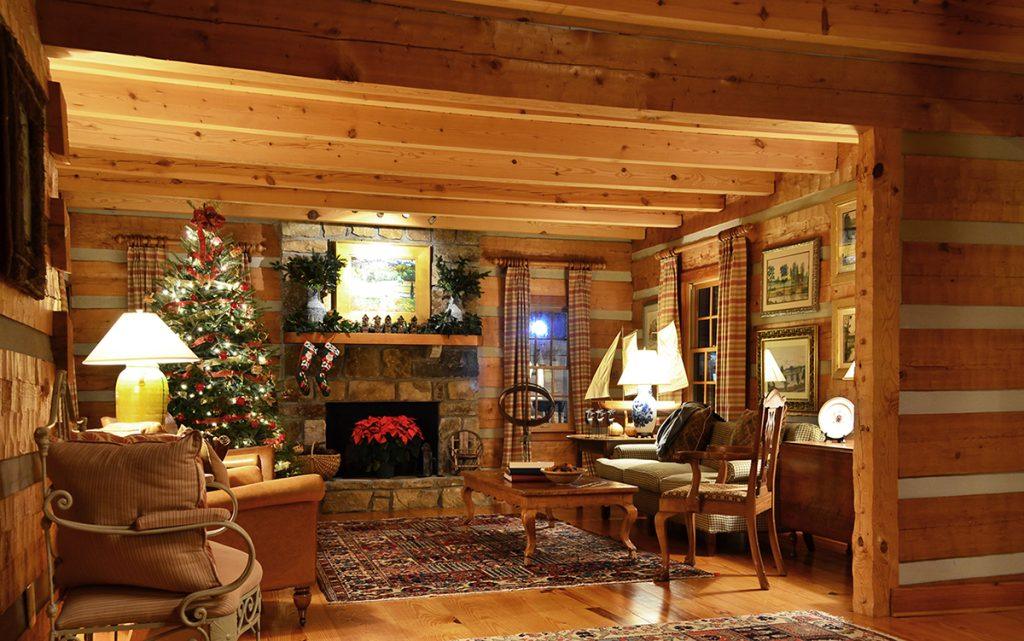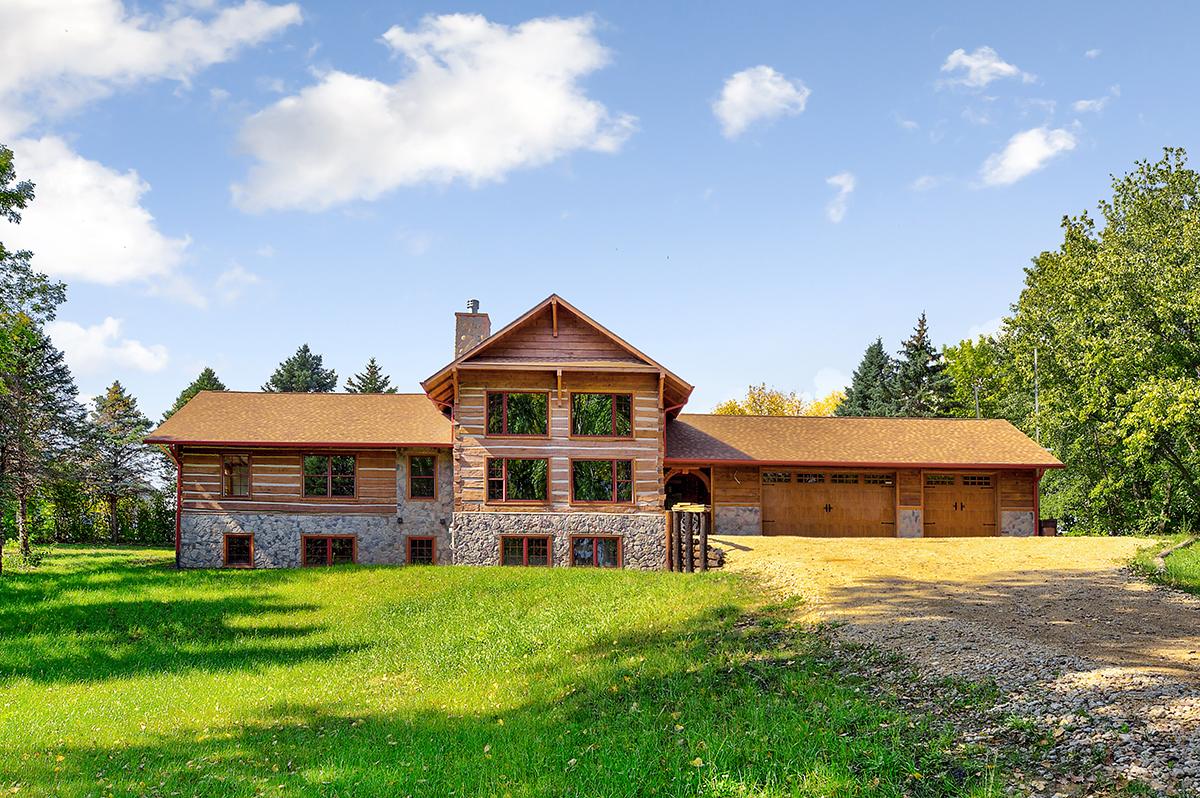There is a popular misconception that spraying the wood with water before applying a borate will aid the penetration of the borate into the wood. Wetting the surface does not increase the interior moisture content enough to matter. Pores of the wood get filled with water and less borate is absorbed into the wood, which lessens the effectiveness. When it comes to treating a log home with borates, the drier and more absorbent the surface is, the better the treatment.
What can you expect from applying borates to your logs?
Borate wood preservatives come in two forms: borate/glycol formulations such as Shell-Guard and pure soluble borate powders like Armor-Guard. The active ingredient in both Shell-Guard and Armor-Guard is disodium octa borate tetrahydrate, a compound chemically similar to a combination of boric acid and borax, but with a higher concentration of boron responsible for the effectiveness.
Borates are toxic to rot and decay fungi, subterranean and drywood termites, carpenter ants, and wood boring beetles. It is also toxic to beetle eggs that may be in the wood at the time of treatment or deposited later. Armor-Guard will prevent beetle infestations, but is not as effective as Shell-Guard for protecting larger logs and timbers or eliminating existing insect and decay infestations.
Applying Shell-Guard should end powder-post beetle activity (small round holes) within a few months to a year after treatment. However, if there is an existing infestation of old house borers (oval holes), it may take up to a year before total control is achieved.
Shell-Guard and Armor-Guard solutions are best applied using a compressed-air, garden-type sprayer. You can use either a fan or cone spray tip as long as you completely wet the surface.
SHELL-GUARD Borate/Glycol Formula
The amount of time it takes Shell-Guard to dry depends on several factors: the previous finish, if any; the density and porosity of the wood; and the temperature and humidity. In warm, dry climates the drying time may be as little as a few days. Under humid conditions, it may take four to six weeks of drying time before a stain can be applied. You can check to see how drying is progressing by touching the treated wood, especially in the early morning. If the wood still feels damp, it is not ready for a topcoat.
There is a way to speed up the Shell-Guard drying process, but it must be done carefully to avoid removing the active ingredient. One of the components of Shell-Guard is a slow-drying glycol that helps the borate penetrate the wood. It is the glycol that interferes with the stain adhering to the wood. After a week or so, most of the borate has penetrated deep enough that it will not be removed by washing the glycol off the surface. If washing occurs in the morning, or soon after a rain when the wood is damp, you can lose a significant portion of the active borate ingredient.
Once the Shell-Guard is dry, inspect all of the treated surfaces before applying a stain. Occasionally, a white residue may appear over knots and other areas of the logs. These white deposits are created by a small amount of the borate crystalizing on the surface. Their appearance does not mean that the treatment will not work! Wipe this residue off with a damp sponge or rinse it off with a hose. If you stain over any white spots they will show through the stain.
ARMOR-GUARD – Pure Soluble Borate Powder
Like Shell-Guard, the solution of Armor-Guard may be applied with a brush or sprayed onto the surface of the wood using any type of compressed air (garden) sprayer. Since Armor-Guard does not penetrate the wood as quickly or completely as Shell-Guard, it is important to not expose treated surfaces to rain or snow for at least a day or two after treatment. Unlike Shell-Guard, Armor-Guard solution dries rapidly so is not necessary to wait more than a couple of days before applying a topcoat.
However, longer drying time may be necessary when the weather is humid or cool. Once the solution has dried, inspect all treated surfaces for any signs of white residue. Remove the residue with a damp sponge before applying stains since the white areas will show.
If you have allowed the Shell-Guard or Armor-Guard to dry for three or more weeks, we suggest that you give the exterior log surfaces a light wash with Log Wash before applying finishes. This will help remove any pollen, dust, dirt, and mold spores that may have accumulated on the wood during the drying period.
Unused borate solutions should never be left in application equipment overnight. Clean and rinse your equipment after each use.
And how toxic are borates? Here’s a chart comparing our borates to common household products:







